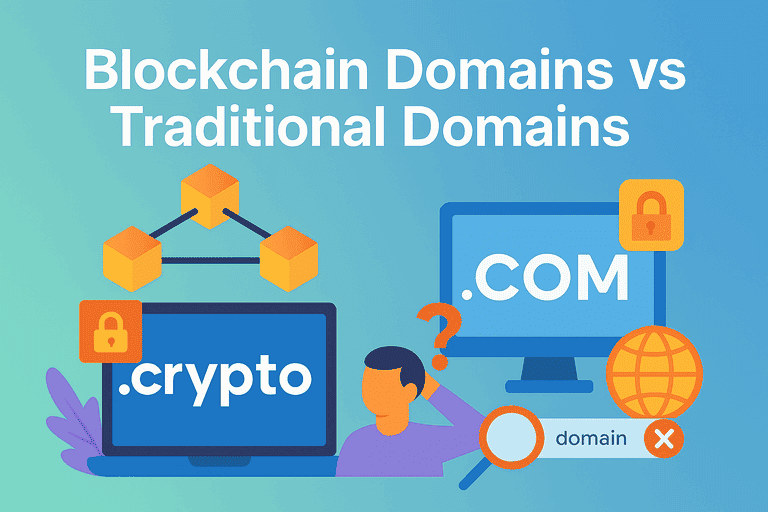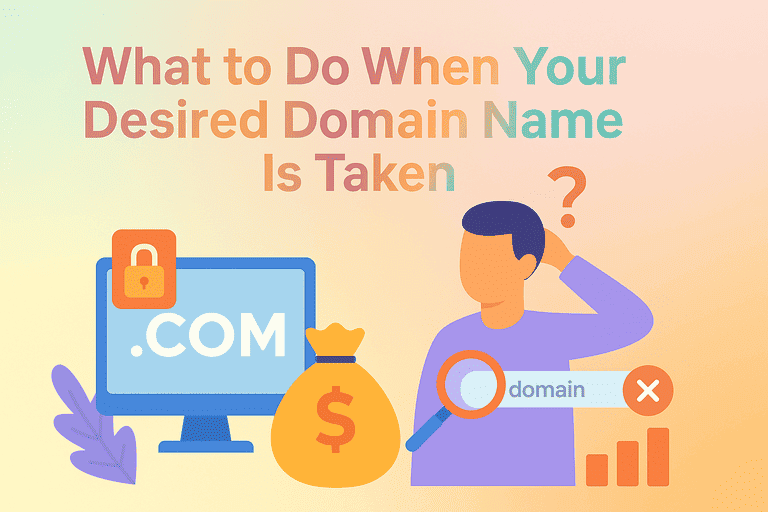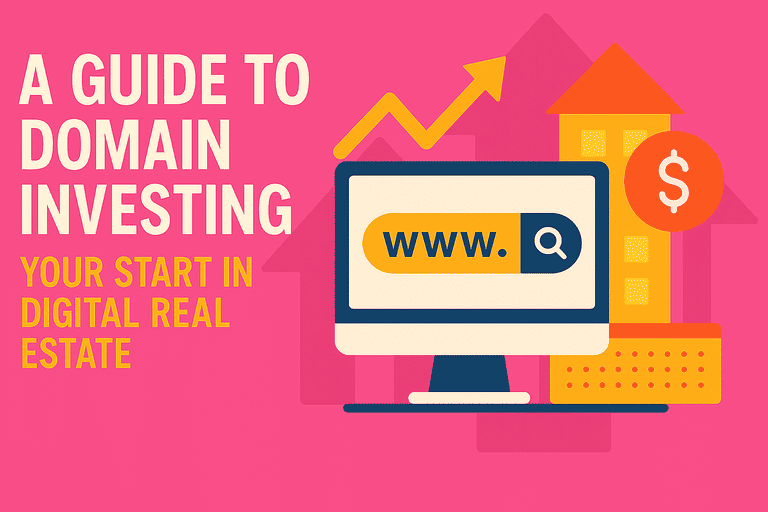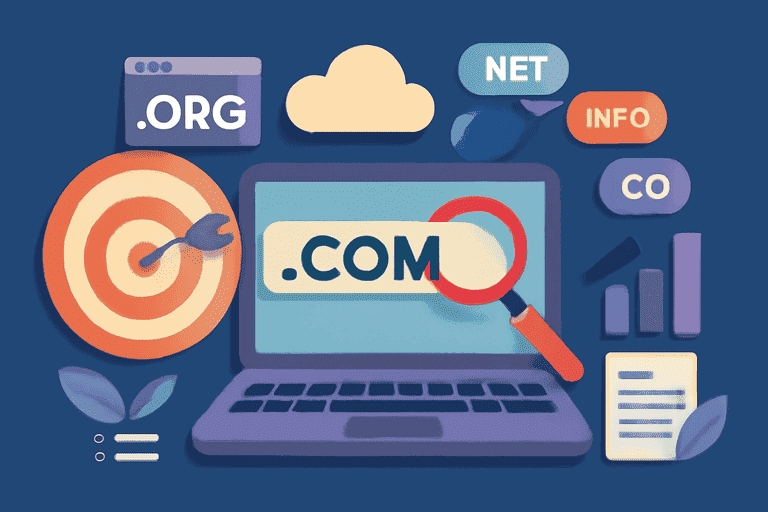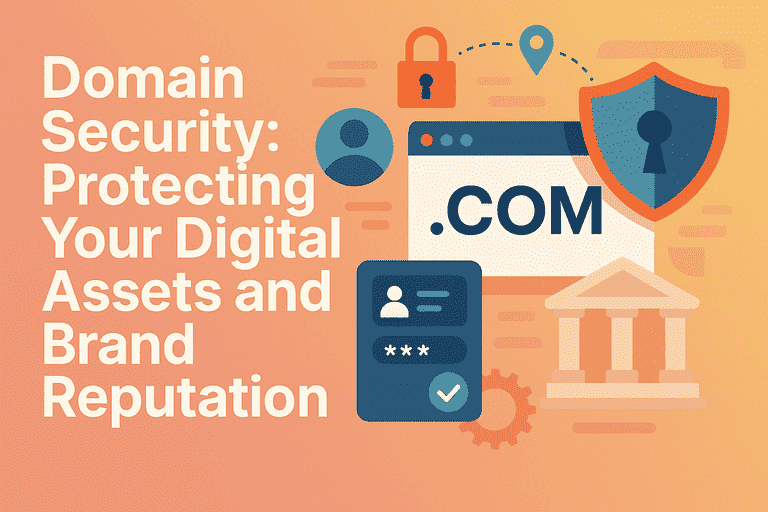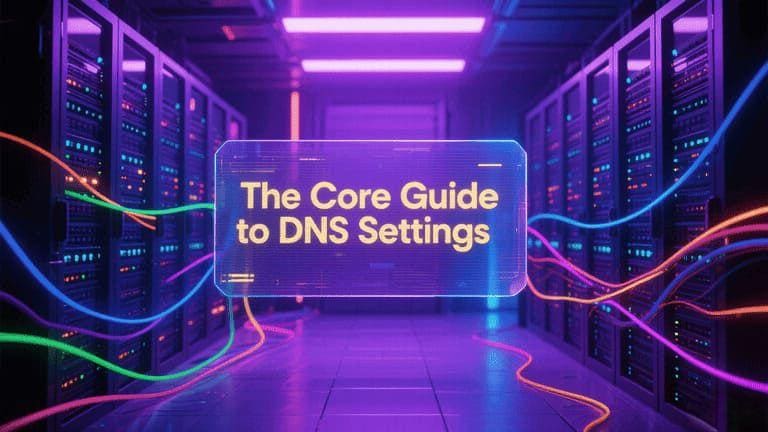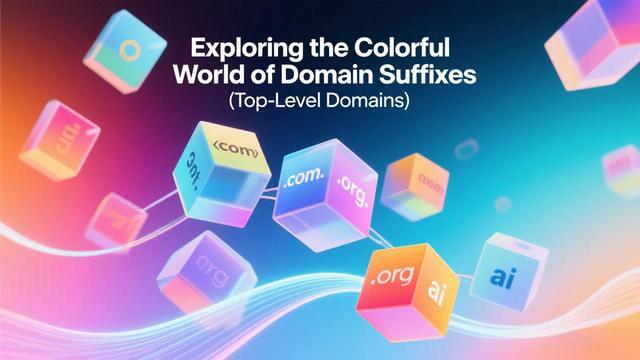In today’s digital-first world, a domain name is far more than a simple web address. It is the cornerstone of an online identity, a critical component of brand equity, and a significant digital asset. This article explores the dynamic shifts and future trends in the domain universe, offers actionable strategies for individuals and enterprises to create value with domains, and concludes with a recap of core concepts.
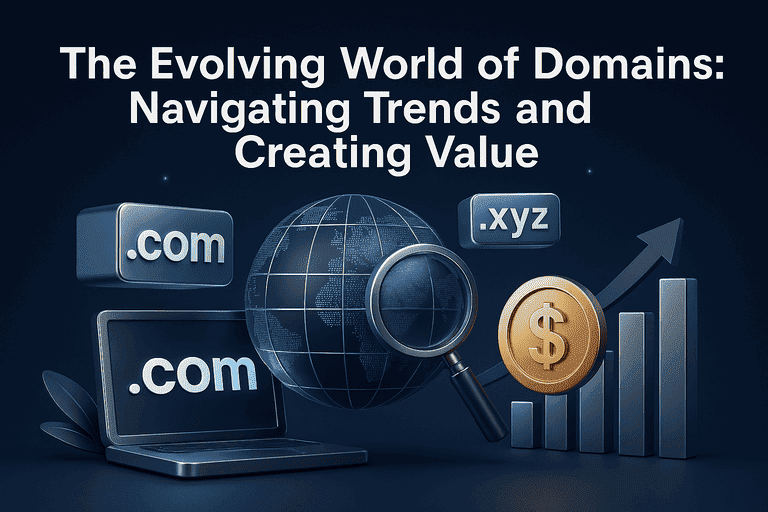
Shifts and Trends in the Domain World
The domain name landscape is undergoing a profound transformation, ushering in an era of greater diversity, creativity, and opportunity.
From .com Dominance to a Diversified Landscape: For decades, .com was the undisputed king of domains, the gold standard for any serious online endeavor. However, the explosive growth of the internet led to the increasing scarcity of short, memorable .com names. In response, the Internet Corporation for Assigned Names and Numbers (ICANN) launched the new generic Top-Level Domain (gTLD) program in 2012, releasing thousands of new domain extensions like .tech, .shop, .app, and .xyz. This move fundamentally altered the domain ecosystem.
The Rise of New Generic Top-Level Domains (gTLDs): The introduction of new gTLDs has provided unprecedented choice and branding potential. They not only alleviate the pressure on the saturated .com space but also enable businesses to secure names that are more descriptive and industry-specific. For instance, a tech startup can now opt for a .tech or .io extension to signal its focus, while an e-commerce business can use .store or .shop for a clear, intuitive identity. Registration numbers for new gTLDs show a steady increase, signaling growing market acceptance and adoption.
The Creative Rebirth of Country-Code TLDs (ccTLDs): Beyond new gTLDs, certain country-code domains have been repurposed for their creative and branding appeal, gaining global popularity. The most prominent examples include .ai (Anguilla), which has become the de facto extension for the artificial intelligence industry; .io (British Indian Ocean Territory), favored by tech startups for its “input/output” connotation; and .me (Montenegro), which is perfect for personal branding and portfolios.
A Persistently Active Secondary Market: The inherent scarcity and brand value of premium domains have fueled a vibrant secondary market. Domain investing, trading, and “flipping” have become sophisticated disciplines. Short, memorable, and keyword-rich domains, especially in the .com extension, remain highly sought-after assets, with transaction prices often reaching seven figures. Simultaneously, promising new gTLDs and creative ccTLDs are emerging as new focal points for savvy investors.
Future Trends on the Horizon:
- AI and Automation: Artificial intelligence is increasingly being used to generate creative domain names and assess their market value, helping users quickly find options that are both brandable and commercially viable.
- Heightened Security Focus: With the rise of cyber threats like phishing and domain hijacking, technologies such as DNSSEC (Domain Name System Security Extensions) are becoming standard practice to protect digital assets and maintain user trust.
- Optimization for Voice Search: As smart speakers and voice assistants become ubiquitous, domains that are easy to pronounce and verbally communicate will gain a significant advantage in the era of voice search.
- Blockchain and Decentralized Domains: Decentralized domains built on blockchain technology (e.g.,
.eth,.crypto) are emerging. They offer users greater autonomy, censorship resistance, and full ownership of their digital identity, heralding a potential shift in how domains are managed and controlled.
How Individuals and Enterprises Can Better Create Value with Domains
Whether for a multinational corporation or a solo entrepreneur, a domain name is a powerful lever for unlocking online value.
For Enterprises:
- Build a Unified Brand Architecture: Your primary brand domain is the foundation of your online presence. Securing a short, intuitive
.comthat matches your brand name is paramount. Furthermore, registering key variations, relevant new gTLDs, and ccTLDs in major markets creates a defensive portfolio, protecting your brand from squatters and dilution. - Execute Targeted Marketing Campaigns: Domains can be sharp, effective marketing tools. Registering a unique domain for a specific campaign (e.g.,
newproduct2025.com) makes it easy to promote and track. After the campaign, traffic can be seamlessly redirected to your main site, preserving its marketing value. - Enhance Search Engine Optimization (SEO): While search algorithms are complex, a domain containing relevant keywords can still provide a marginal SEO boost. More importantly, a credible, authoritative domain is more likely to earn high-quality backlinks, which significantly improves search rankings.
- Reinforce Professionalism and Security: An email address using your company domain (e.g.,
[email protected]) appears far more professional and trustworthy than a generic one from Gmail or Outlook. Implementing security measures like DNSSEC across all corporate domains is a fundamental step in protecting business assets and customer data. - Manage Domains as Corporate Assets: Large organizations should treat their domain portfolio as a valuable class of intangible assets. This involves establishing a clear management strategy, conducting regular audits, divesting from underutilized names, and proactively acquiring domains that hold strategic value.
For Individuals:
- Craft a Distinct Personal Brand: For freelancers, artists, and experts, a personal domain (e.g.,
johnsmith.meorwebdesign.expert) is the first step in building a professional online presence. It serves as your digital business card, consolidating your portfolio, blog, and social media profiles into one central, memorable hub. - Explore Domain Investing: For those with a keen eye for trends, domain investing can be a lucrative endeavor. Researching emerging markets, identifying and registering undervalued domains, and selling them at the right time (“domain flipping”) can generate substantial returns.
- Drive Content Creation and Affiliate Marketing: A great domain is the perfect launchpad for a content platform. By building a blog or niche website around a specific topic, you can attract an audience and monetize your traffic through advertising, affiliate marketing, or selling your own digital products and services.
- Utilize Creative Domain Hacks: Think outside the box. Use a unique domain as a personalized link shortener for your social media bios or redirect a clever domain to your LinkedIn or GitHub profile. These small touches can make you stand out in professional networking and job applications.
Series Recap and Core Knowledge Points
As we conclude our exploration of the domain world, these core principles are essential for anyone looking to thrive in the digital age:
- The Core Value of a Domain: A domain is a unique digital identifier whose value is derived from its brandability, memorability, relevance, and scarcity.
- Choosing the Right TLD: While
.comremains the commercial standard, new gTLDs and creative ccTLDs offer unprecedented opportunities for branding and niche marketing. Your choice should align with your brand identity, target audience, and long-term goals. - Your Domain is Your Brand: Your primary domain should be a simple and direct reflection of your brand. It is the first point of contact where users find, remember, and build trust with you.
- The Strategy of Defensive Registration: Protect your core brand by registering common variations and relevant TLDs. This creates a “moat” around your brand, preventing bad actors from cybersquatting or causing confusion.
- Synergy Between Domains and Marketing: Domains can be deeply integrated into marketing initiatives to create memorable touchpoints, drive targeted traffic, and ultimately increase ROI.
- Security is Non-Negotiable: Neglecting domain security can lead to reputational damage, business disruption, and significant financial loss. Two-factor authentication, registry locks, and DNSSEC are essential safeguards.
- Domains are Dynamic Assets: The domain landscape is constantly changing. To maximize their value, you must stay informed about market trends and regularly review and optimize your domain portfolio.
The world of domains has evolved from a simple addressing system into a complex, vibrant, and multifaceted ecosystem. For both corporate leaders and individual creators, a deep understanding of these changes and a forward-thinking domain strategy are no longer optional—they are critical components for achieving lasting success and creating value in a competitive digital world.
